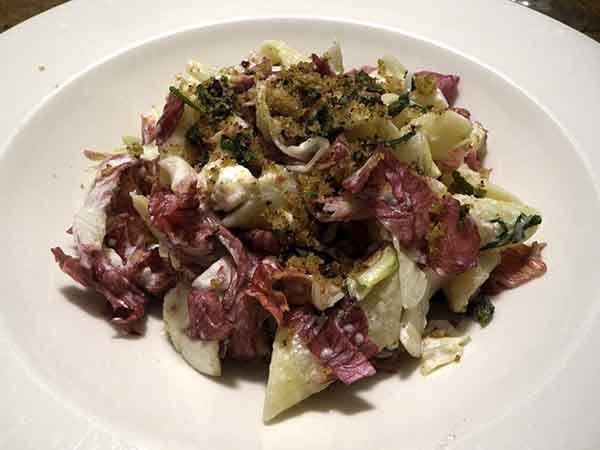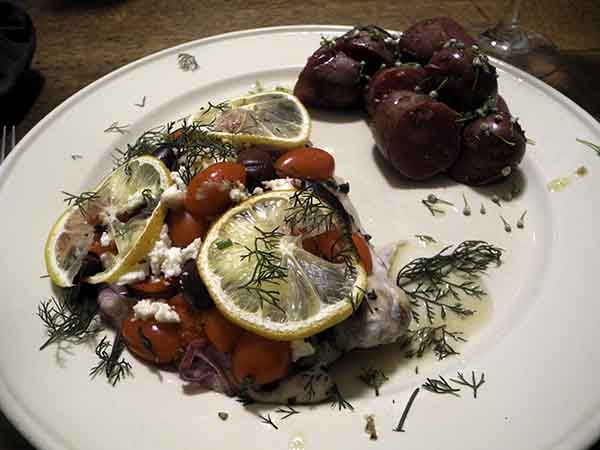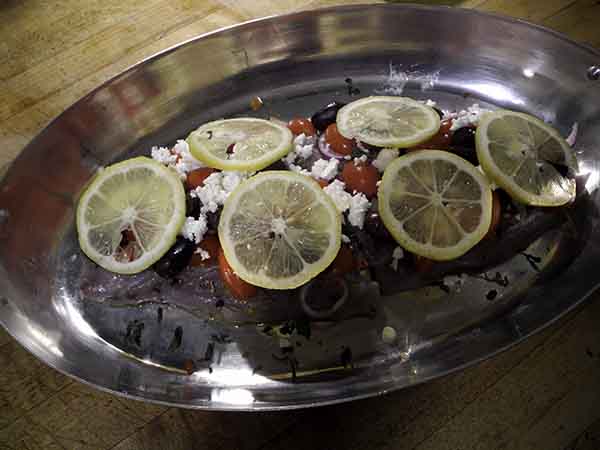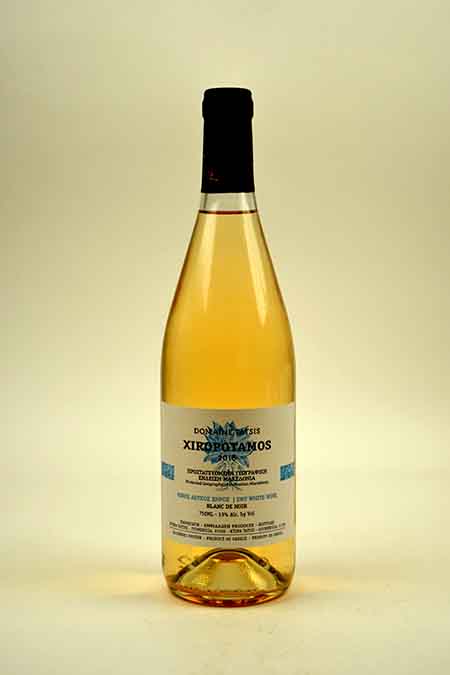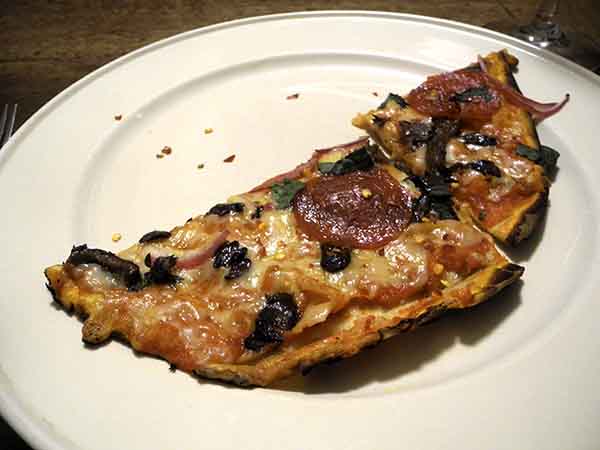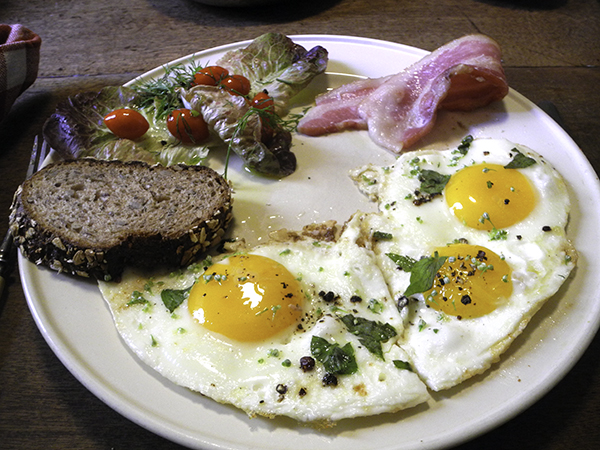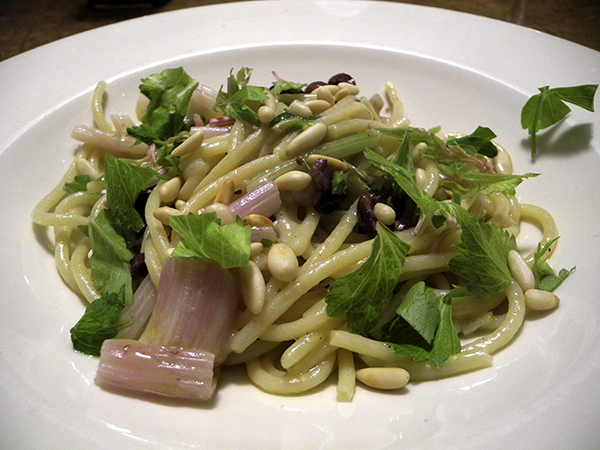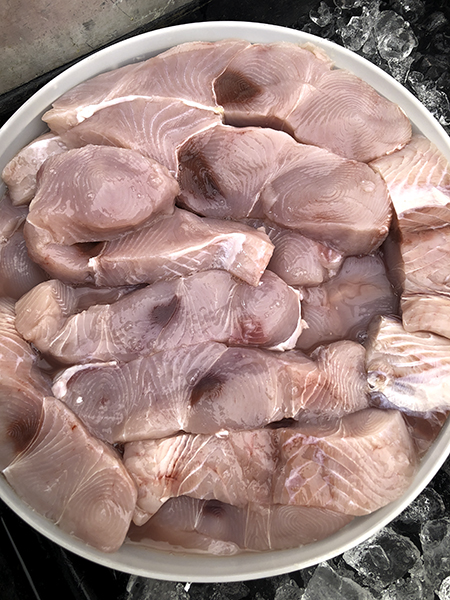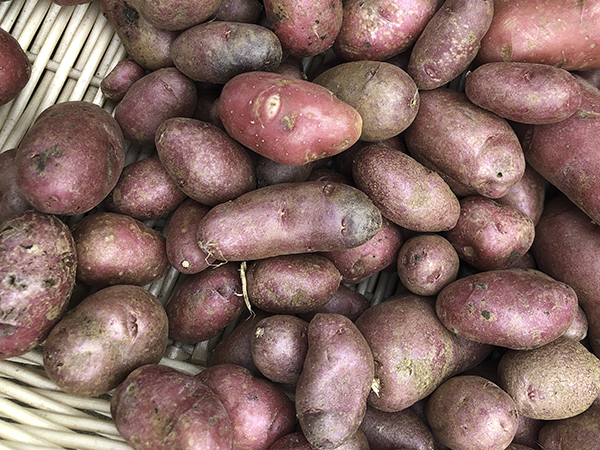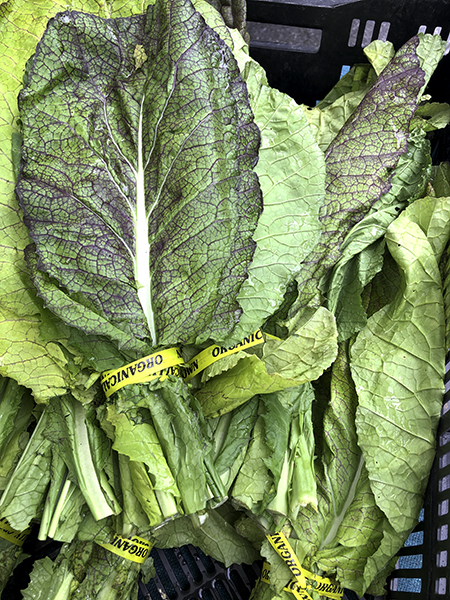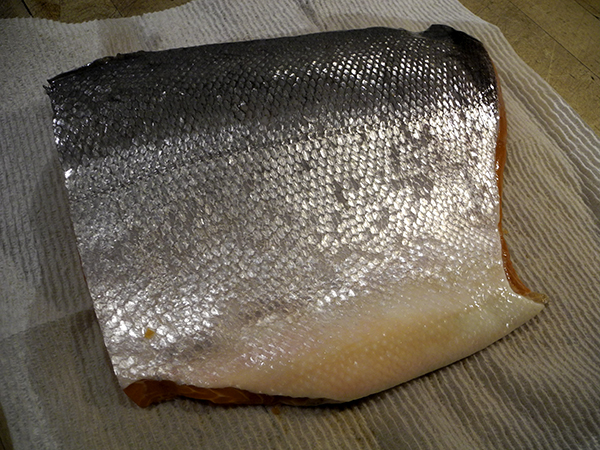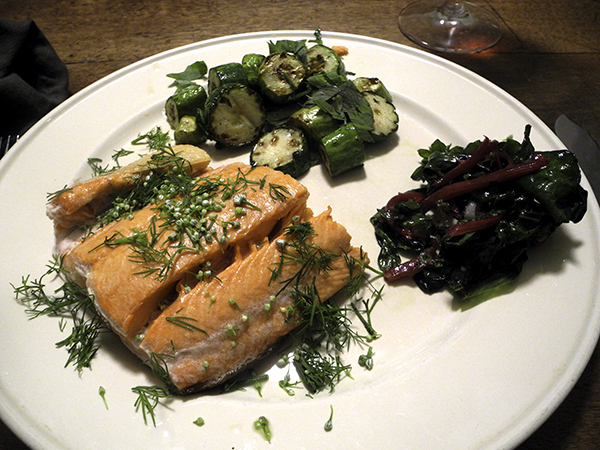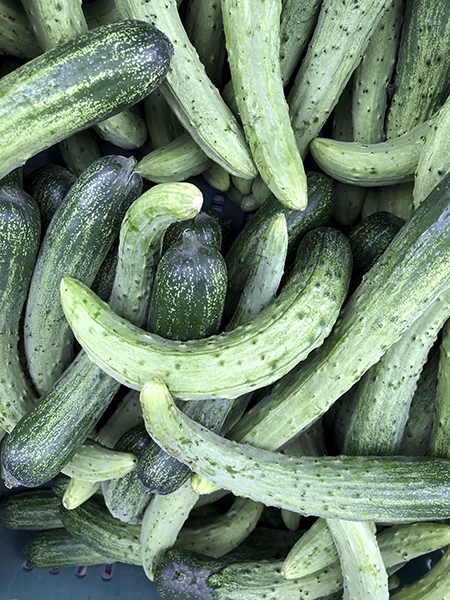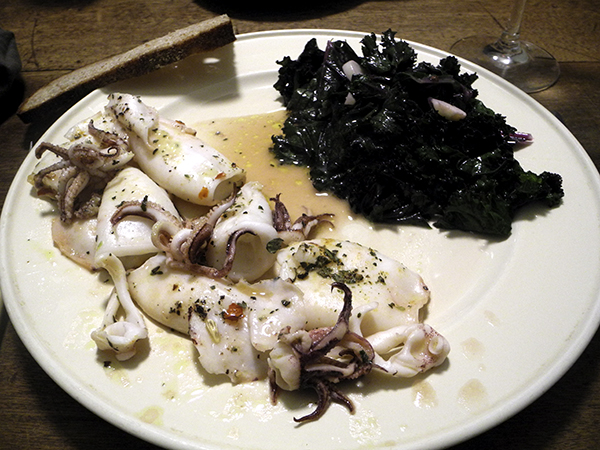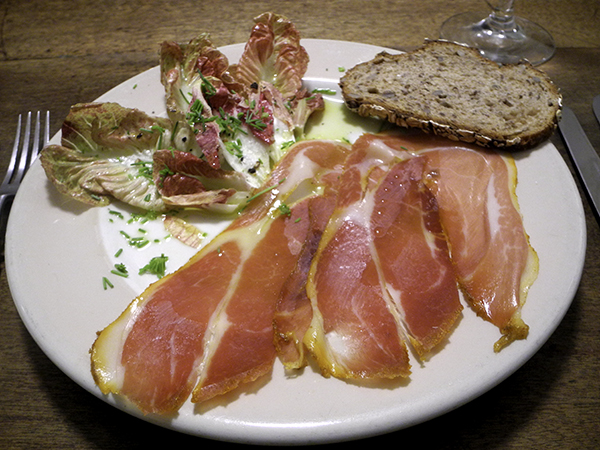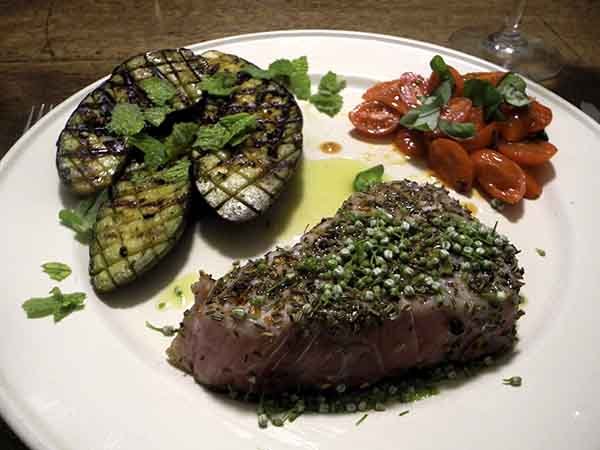
This was rich, but a spring, Mediterranean kind of rich.
Everything was juicy, although I hadn’t started out with that objective. It was more of a quest to choose and prepare 3 things that would contrast with but still complement each other.
The very ripe grape tomatoes were at their peak juiciness, but I worried a little about the Japanese eggplant, because it had been started inside a greenhouse, because of its unaccountable piebald appearance, and because of its rotundity (they were going to be pan grilled), but they were really tasty, and possibly the juiciest I’d ever had.
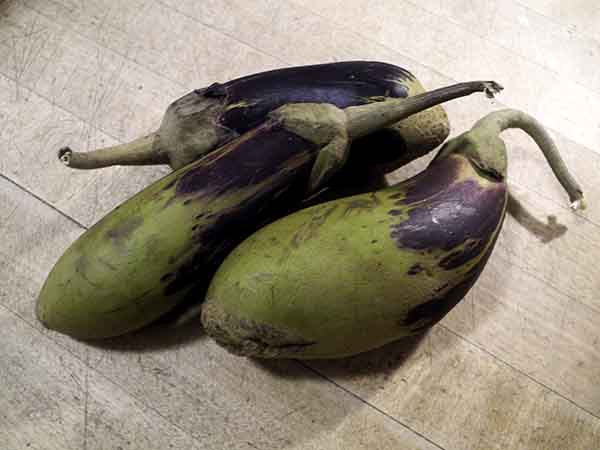
- two thick 5 1/2-ounce tuna steaks from American Seafood Company, rinsed, dried, tops and bottoms seasoned with sea salt and freshly-ground black pepper, brushed or paved with almost 2 tablespoons of a mix of some incredibly wonderful dried Semi di Finocchietto Ibleo [wild Sicilian fennel seed], harvested in the Iblei Mountains, from Eataly Flatiron and a little dried peperoncino Calabresi secchi from Buon Italia in the Chelsea Market, both first crushed together in a porcelain mortar and pestle, the steaks pan-grilled above a medium-high flame for little more than a minute or so on each side, finished on the plates with a good squeeze of the juice of an organic lemon from Chelsea Whole Foods Market and a drizzle of Chelsea Whole Foods Market Portuguese house olive oil, garnished with a scattering of a wonderful spring treat, tiny bursting seeds from inside a blossoming onion found at the Norwich Meadows Farm stall in Union Square
- a decent amount of very ripe grape tomatoes from Alex’s Tomato Farm, located in Carlisle, New Jersey, at Chelsea’s Down to Earth Farmers Market on 23rd Street, washed, halved, heated inside a small copper skillet in a little olive oil, seasoned with salt and black pepper, garnished with basil leaves removed from a live plant sold by Central Valley Farm in the Greenmarket
- three ‘dappled’ Japanese eggplant from Norwich Meadows Farm, each halved lengthwise, brushed all over with a mixture of a little olive oil, 2 finely-chopped spring garlic cloves from Michisk’s Farm in Flemington, NJ, a pinch of super-pungent dried Sicilian oregano from Buon Italia, salt and black pepper, pan-grilled on an enameled cast iron ribbed pan above a brisk flame, turning twice, adding more of the material from the marinade the second time, then arranged on the plates, sprinkled with torn spearmint leaves from Keith’s Farm and drizzled with a small bit of olive oil
- the wine was a New York (long Island) rosé, Wölffer Estate Rosé 2018, from Philippe Wines
- the music was a great recording of Alessandro Stradella’s gorgeous early 1670s opera, ‘La Doriclea’, performed by the ensemble Il Pomo d’Oro
